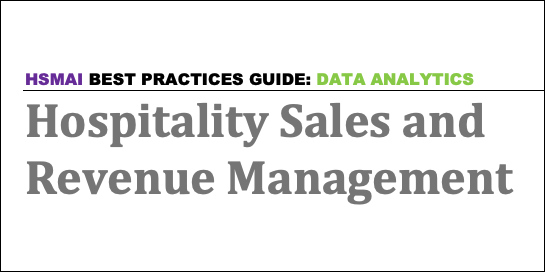Excerpted from HSMAI’s Best Practices Guide: Data Analytics — Hospitality Sales and Revenue Management.

SOLUTION: Total Customized Revenue Management advises tying the frequency of your reports to specific functions. For daily reports, communicate key metrics for your immediate windows, which might range from a week to two months. Focus on top-line revenue movement, and track large swings in future competitive rate positioning, internal inventory, and so on. For weekly reports, review overall revenue performance — again, mostly top-line — with an emphasis on applying any learnings to your ongoing strategy. For monthly reports, get more holistic by incorporating P&L metrics into your review, comparing that to KPIs, and making any necessary adjustments to your long-term strategy. Finally, for yearly reports, prepare an overview of the previous 12 months of results: What worked? What didn’t? What did you expect, and how did things actualize? Did you have to change any KPIs partway through the year? What does that mean for next year?
RESULTS: Taking a nuanced approach to reporting means making better, more strategic decisions on a regular basis — because you’re focusing on the things that are most relevant at the exact time you need to.
TAKEAWAY: “Use concise and meaningful data points in your analytics. It’s a more focused and organized approach.” — Lily Mockerman, CHRM, CRME, CHIA, President and CEO, Total Customized Revenue Management (TCRM)
